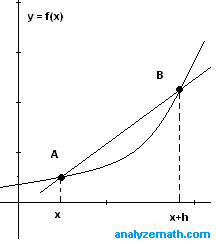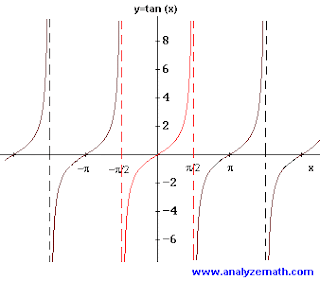The post is a letter to a Math Analysis Honors
student in my class next year.
1.
What do you want to say to them to help them have the most successful
year possible?
2.
How can they best adjust to the flipped classroom and learn
to work with all the technology I require of them? (do you have any
specific tips for them or experiences you could share?)
3.
What can they expect to be different from their previous math
classes?
1.Well the key to getting an A in this class is to simply
watch the videos. Once you watch the videos everything will be smooth. Don’t
fall behind because it will back fire and you will be trying to catch up all
year. I didn’t have the most successful year but you guys are new and I hope
you don’t make the mistakes I did. Regardless of how much work it is, it will
benefit you in the future.
2.Well at first it will seem scary but its simple and basic,
just go home watch video take notes then come to school and ask questions, discuss,
and do some practice. Be sure to practice and get used to it by the summer, it
will be worth it in the future you will have a great start and will understand
and be adjusted to the Flipped class room.
3.You will fell the difference but you have to accommodate to
the way the teacher teaches. This will be stronger more effective way to learn
your material. You can watch the lesson over and over again until you get it. There
are lots of resources given by the teacher; a lot more help then pervious math
classes. You will fell frightened at first but it will benefit you to better
understanding of the math material.









